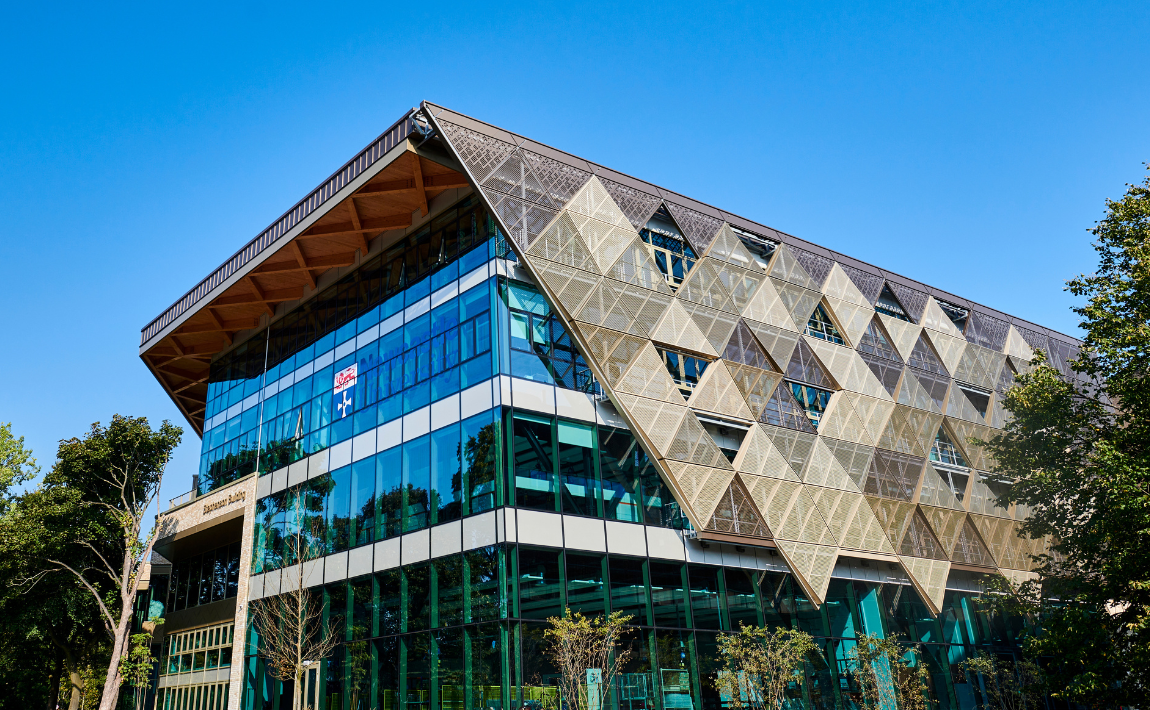Stephenson Building redevelopment
The original building, opened by HRH The Duke of Edinburgh in 1951 and named after engineering pioneer George Stephenson, has been partially demolished and extended to create a facility for the 21st century and beyond.
In line with the University’s target to achieve net zero by 2030, repurposing existing estate instead of full demolition has been a key factor in the project – only areas of the building that could not be refurbished have been demolished. Phase 2 will involve the refurbishment of the surviving parts of the original building.
To celebrate the imminent opening of Phase 1, we caught up with the project’s academic lead, and Newcastle alumnus, Barrie Mecrow to discuss what this means for the future of Engineering at Newcastle. Barrie is Professor of Electrical Power but also studied Engineering at Newcastle University at both undergraduate and PhD levels, and therefore has experienced first-hand the changes in Engineering at Newcastle over the years.
Hi Barrie! Could you start by reminiscing on what engineering was like at Newcastle when you were a student?
I completed my undergraduate degree in 1982 and PhD in 1987. In my mind, it doesn’t feel that long ago but then, when I look at the numbers, I cannot pretend that 40 years isn’t a long time!
Of course, many things have changed. Engineering has grown enormously and the way we communicate is unrecognisable – when I was a student there was no email, internet or social media!
However, the fundamentals of engineering remain the same and in some ways the student experience is similar. I mean that in a good way – for me the most important aspects of higher education continue to centre around helping students learn to think for themselves and giving them personal support which enables them to make the most of their potential.
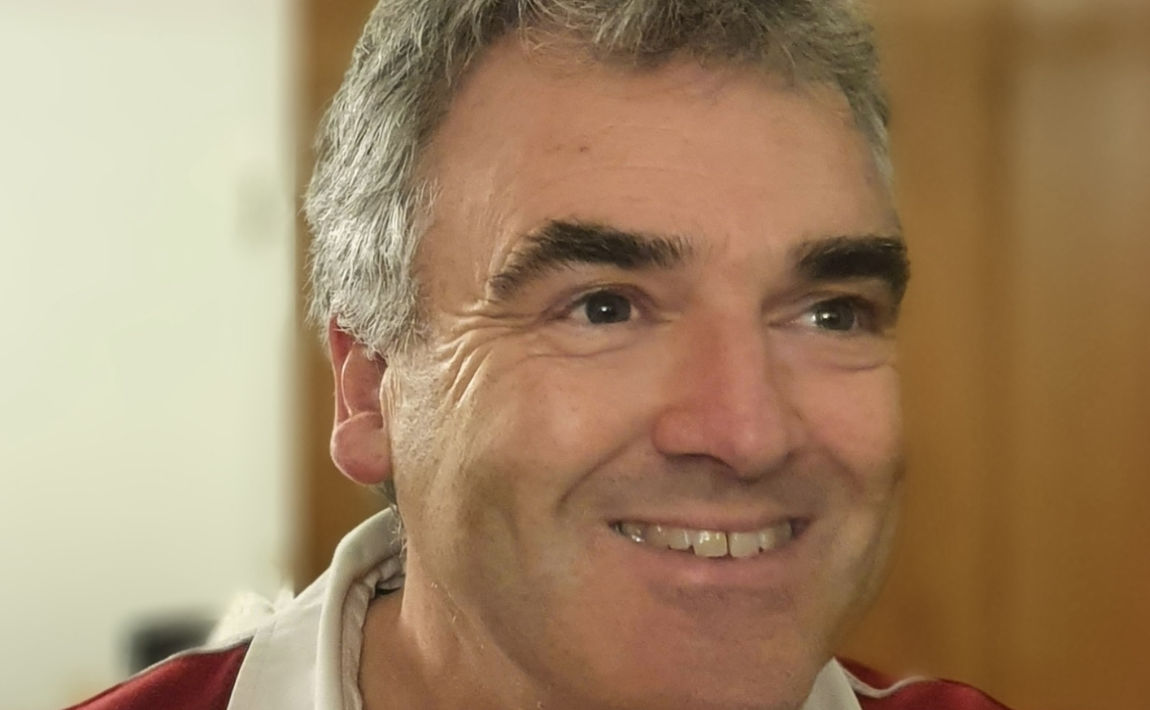
What were the key challenges the engineering sector was trying to solve when you were a student? And what are the biggest challenges and opportunities facing the next generation of engineering graduates?
When I was a student, I chose to specialise in electrical power, which was perceived as a relatively old, mature technology. At that time microelectronics development posed the largest challenge as we digitised all our systems, with computing and microprocessor control changing our world.
Electrical engineering, like any other topic, has fashions. Within a few years, the focus was on communications as we all developed mobile phones and communication technology.
The challenges of climate change have brought electrical power back to the fore. Thirty years after being told my research was of old technology, the same subject is now the technology of the future, driving electrification of our world, whether it is renewable generation or electric transport.
New topics are now starting to take precedence, with an emphasis on robotics and artificial intelligence. It seems to me that electrical engineering, in conjunction with computing, is the driving force behind our new technologies. We certainly have a bright future!
Could you tell us what you went on to do after graduating?
I was sponsored throughout my degree by NEI Parsons, a local company that manufactured large electrical generators for power stations. I finished my training with them and then went on to do my PhD whilst based within the company, working as an electrical design engineer.
I joined the university in 1987 and have held various roles, including Head of Research Group and Director of Research. I was Head of the School of Electrical and Electronic Engineering from 2012-2017, during which time I set up Electrical Engineering at Newcastle University in Singapore and had a central role in bringing Physics degrees back to the university.
You must have witnessed some noticeable differences in Engineering at Newcastle University over the years having been both a student and now an academic, could you tell us about the changes?
Perhaps the largest changes are around the pace of work for both academics and students. Communication is so fast and information so readily at hand. As a student, and in the early years of being an academic, I spent huge amounts of time in the library looking at journals and giving myself time to think. Modern life makes that so difficult for all of us.
Facilities and equipment have improved to an incredible extent. Many of our older buildings are fundamentally the same and will be instantly recognisable to our alumni, but the equipment within them has largely changed beyond all recognition.
How will the Stephenson Building redevelopment create further change?
The redevelopment aims to create a place where people feel proud to be, inspired to do good things and work collaboratively.
It will redesign teaching by positioning lecturers in the centre of the classroom.
It will enable team-focussed project work to give students a realistic experience of the workplace and better prepare them for their futures. They will be working in multidisciplinary groups to produce complex engineering products, involving all aspects of planning, design and prototyping, just as they will as graduate engineers in industry.
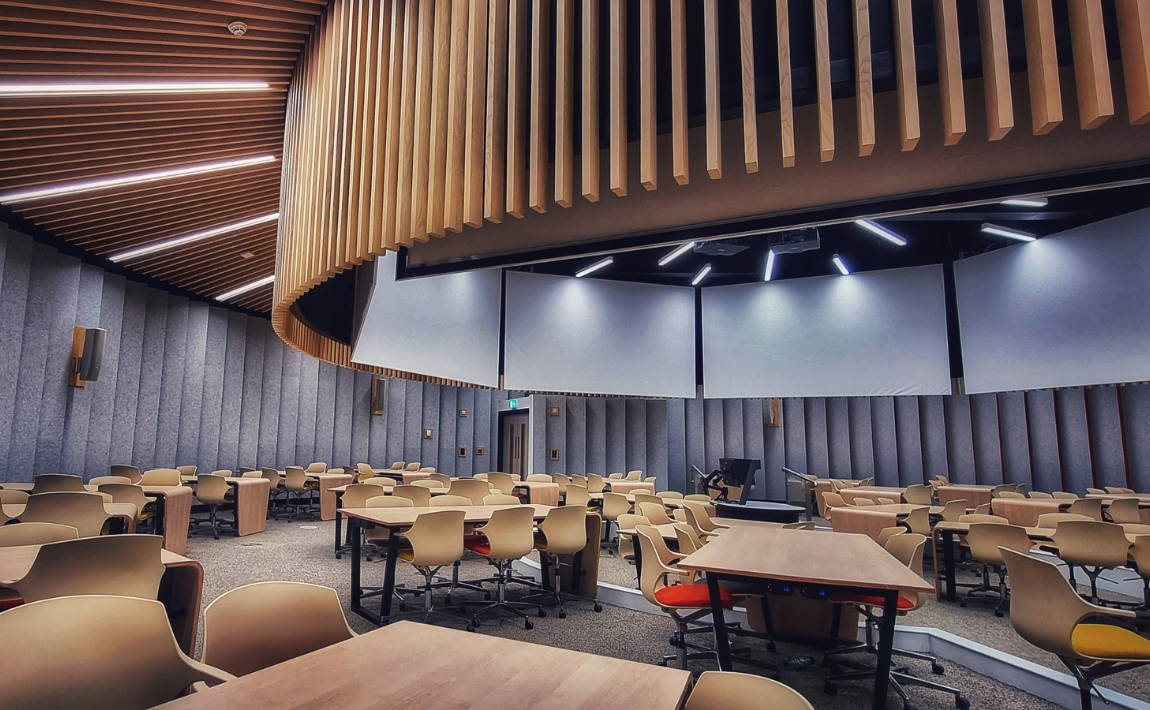
The original building had very few windows, closing it off from the world. The new building has a glass façade giving us the ability to showcase engineering to businesses and the community, inspiring people to come into engineering.
In time, we hope to be able to open up some of our facilities to schools and industry. I strongly believe the future lies in collaboration at all levels – we need to inspire the engineers of the future and work in partnership with industry to produce engineers who will tackle the big challenges facing our society.
That sounds great! What facilities will be available in the building?
The building features AI and robotics labs, biomedical labs and fluids labs.
The ground floor corner next to Claremont Road houses our new large Makerspace. This is an area where students and staff alike have access to a large range of tools, ranging from hand tools to 3D printers. They will also be sat adjacent to a huge new mechanical workshop, equipped with state-of-the-art specialist machinery.
The Makerspace is open throughout the day for people to call in and work on projects, either on their own or in groups. This stimulates innovation and helps with the acquisition of practical skills, whilst allowing passers-by to see what we are doing through the large floor-to-ceiling glass walls.
'Living stairs' in the heart of the building provide a space for events.
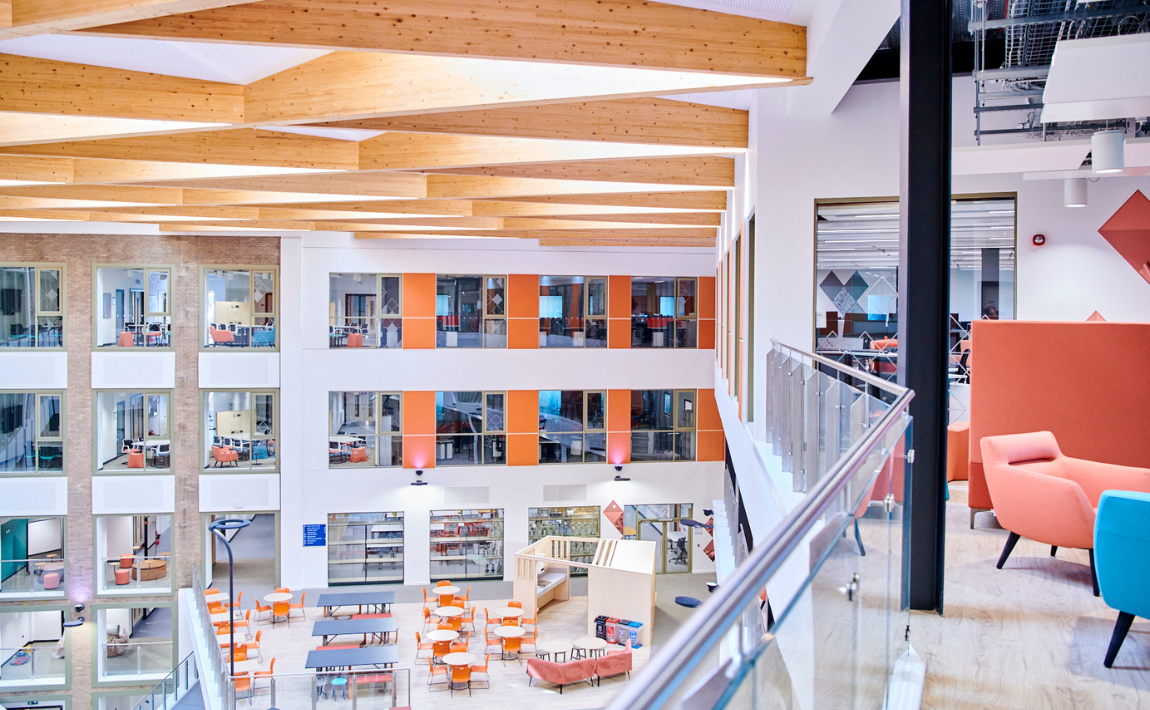
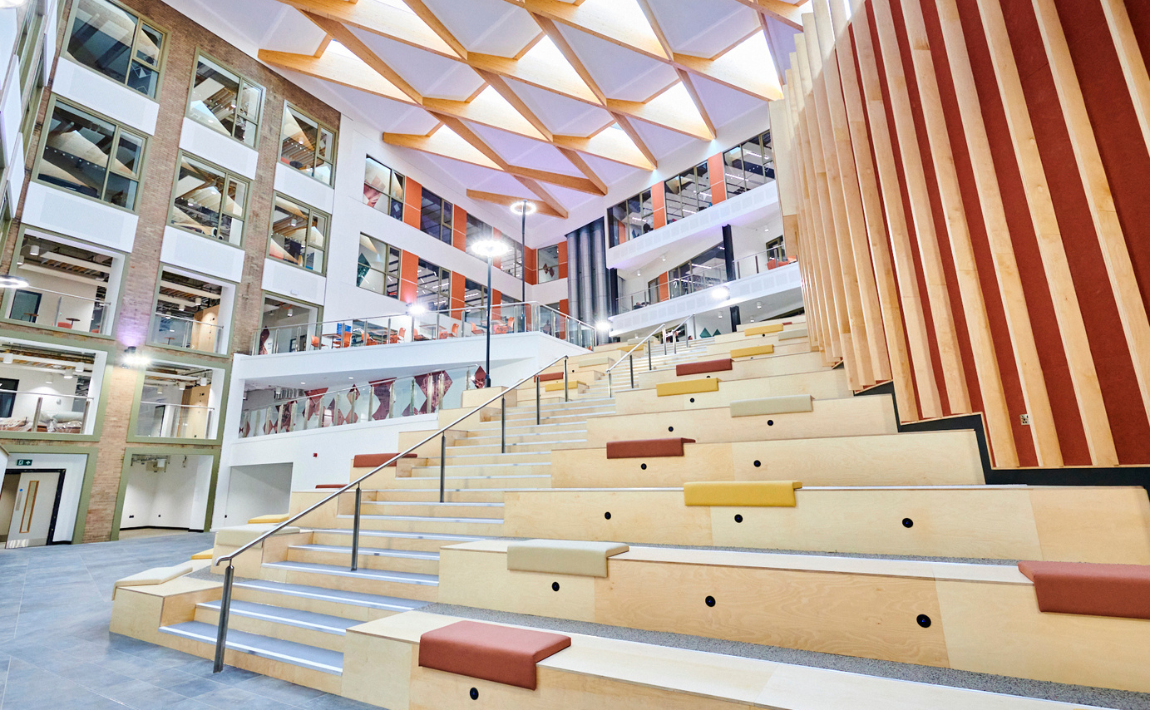
What excites you the most about the new building?
I’m most looking forward to our students, researchers and collaborators being able to experience the new facilities. Engineering has always been a strong discipline at Newcastle University, but to continue to be a world-leading University in Engineering, we need world-leading facilities.
And I’m pleased to report that we are already receiving tremendously positive feedback – everyone seems to be overwhelmed by the size and quality of the space.
What can we expect in Phase 2?
Phase 1 comprises two-thirds of the building, all of which is new build. It contains most of the labs and teaching facilities, along with many of the offices.
Phase 2 involves the complete gutting and refurbishment of the front of the building, which has just commenced and will be completed in summer 2024. This section will mainly contain offices and meeting rooms and will be refurbished to the same level as the new build of phase 1. The exterior will remain recognisable as the Stephenson building we all know but will be reclad and updated to the point where it will be like new.
Over the next year, we will have a series of high-profile events in the new part of the building, leading up to a grand formal opening of the finished building in Autumn 2024.
